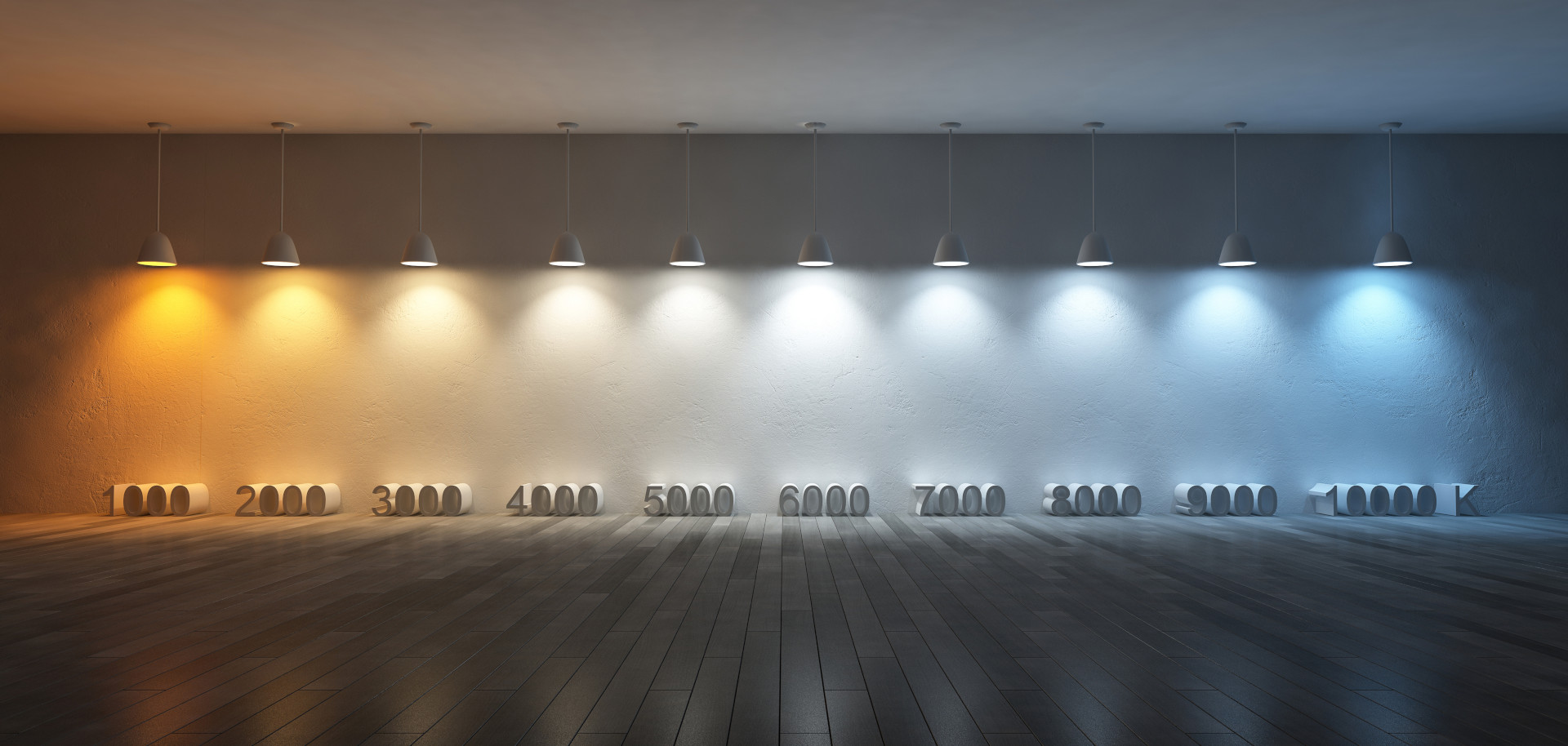Adjusting Color
This may sound odd, but every light has it's own color temperature. We don't take pictures in school for your weekend's assignment because the lighting in school is fluorescent. Fluorescent light shine with a greenish cast that makes people and pictures appear kind of sickly and gross. Even though we think of sunlight as shining yellow, the light that it provides has a blue cast to it. Incandescent light bulbs shine with a red tint to it. I could keep going! This color cast or tint that different light sources provide is known as color temperature. If you have ever purchased light bulbs you will see a kelvin number listed on the box, indicating the temperature of the light that it produces. Some stores even have displays set up to show you this. The example below illustrates the temperature and it's corresponding color.
It can be difficult to make the color temperature of one light match the color temperature of another light, but we're going to try to match the temperatures in both your photo and the web image. There are a handful of ways to do this and I'll show you one of them in the video below. Just be patient, experiment with the colors and try to match it as closely as you can!

